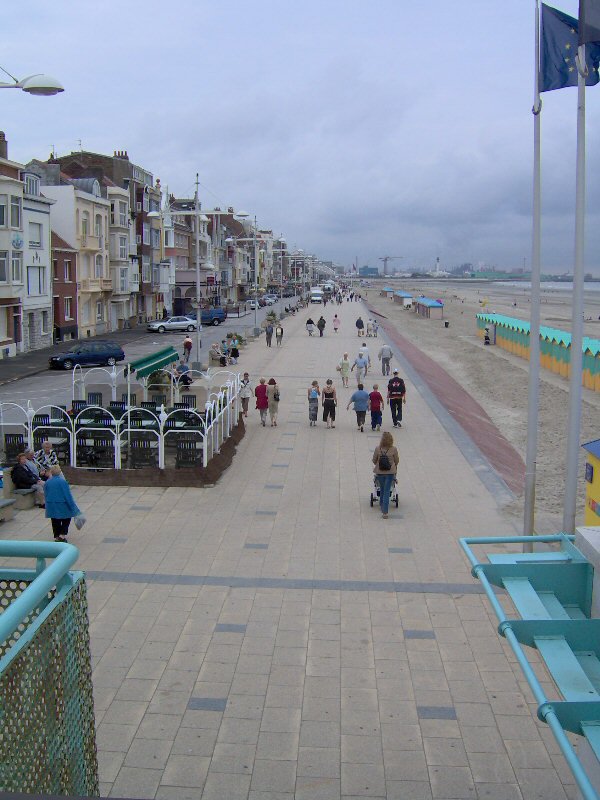After he took us on a space adventure called Interstellar, in 2014, Christopher Nolan brings us back to earth with brutal force. From fantasy to a world war epic, he has no doubt raised the bar. The trailer for Dunkirk looks crazy AF!
But what inspired him to make this film?
World War II has long provided filmmakers with countless stories to be turned into projects for the silver screen. And there’s no doubt that these actually make for a great experience. The action, the destruction, the heroics, the score, all this packaged into a two-hour long visual reenactment is not a bad deal. But what makes them sell is the fact that they are all based on true events. The same is the case with Dunkirk.
The real Dunkirk account is so fascinating that it came to be called a miracle!
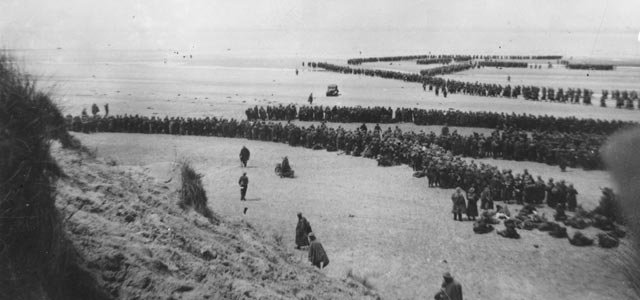
Here’s how things went down…
Close to 1940, when the Nazis attacked France, the United Kingdom sent its troops to aid the French. A division called the BEF – British Expeditionary Force. By May 1940, they were joined by the Belgian Army and 3 divisions of the French Army.
The BEF in itself boasted of 10 divisions and 3 corps.
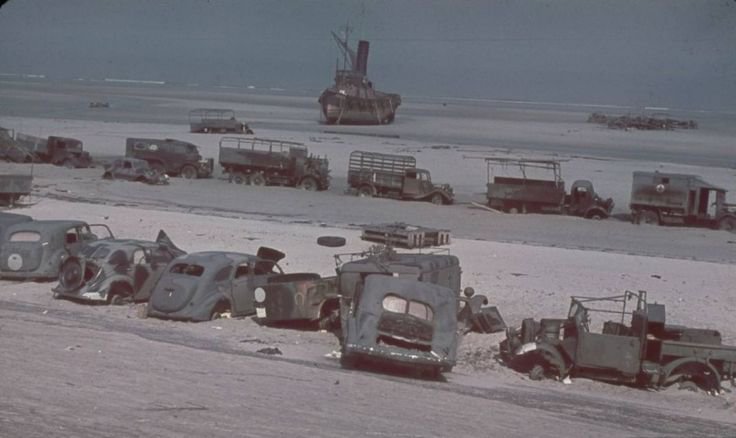
On 10th May, 1940, the Germans invaded Belgium and the Netherlands. 11 days later, on the 21st, the BEF, a part of the Belgian Army and three French divisions, were trapped by the Germans on the northern coast of France.
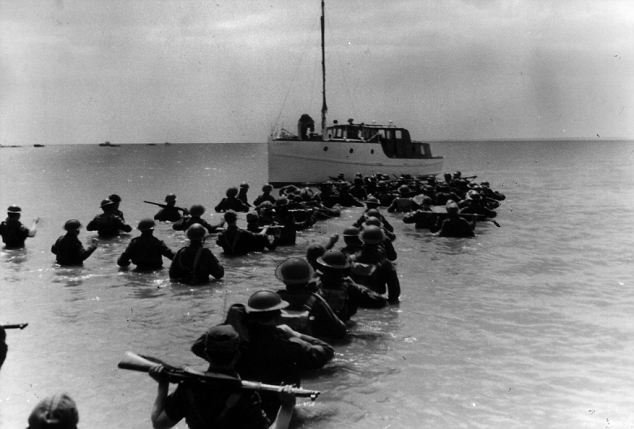
The coastal region had a muddy terrain and the German’s saw it unfit for tanks to tread on.
In an unexpected decision, Hitler – on the advice of General Gerd von Rundstedt, the commander of the unit that had trapped the BEF – called a halt on the attack. In their view, an airstrike would’ve been a more prudent way to go about it. As smart as that sounds, it turned out to be a big mistake on the part of the Nazis. Some say it was one of the turning points of the war.
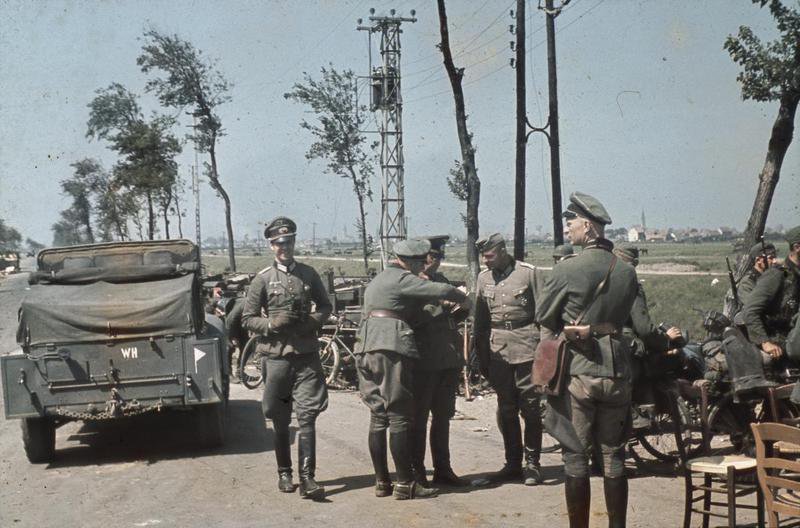
The halt had given the trapped Allied soldiers time to reorganise and join larger forces to fight at Dunkirk. But the entire episode was, in the then British PM Churchill’s words, ‘a colossal military disaster’.
Those men stuck on the beach at Dunkirk faced annihilation. 8 days of battle. 8 days of praying that they survive the ordeal and be able to return home.
8 days of fighting. 8 days of dying. 8 days of survival. What ensued would come to be known as the Miracle of Dunkirk.
Winston Churchill literally sent ‘any vessel that floats’ for the evacuation of the stranded soldiers. A fleet was assembled of over 800 boats, to bring the men home. The operation was code named Operation Dynamo.
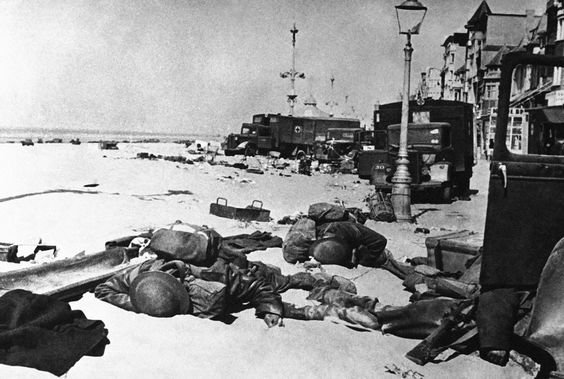
It was the 26th of May. Dynamo was in effect. The first day only 7,669 men were rescued. That number is not small but the use of ‘only’ has only been encouraged because the ratio of those stuck on the island to that of those rescued on the first day was such.
Though the terrain remained unsuited for tanks, the Luftwaffe (German air division) had arrived to cause trouble. The evacuation of the men had been planned through the docks on the harbour initially, because it is easy to embark on ships from there. But the air bombardments by the Germans had soon rendered these docks useless within the first few days of the evacuation.
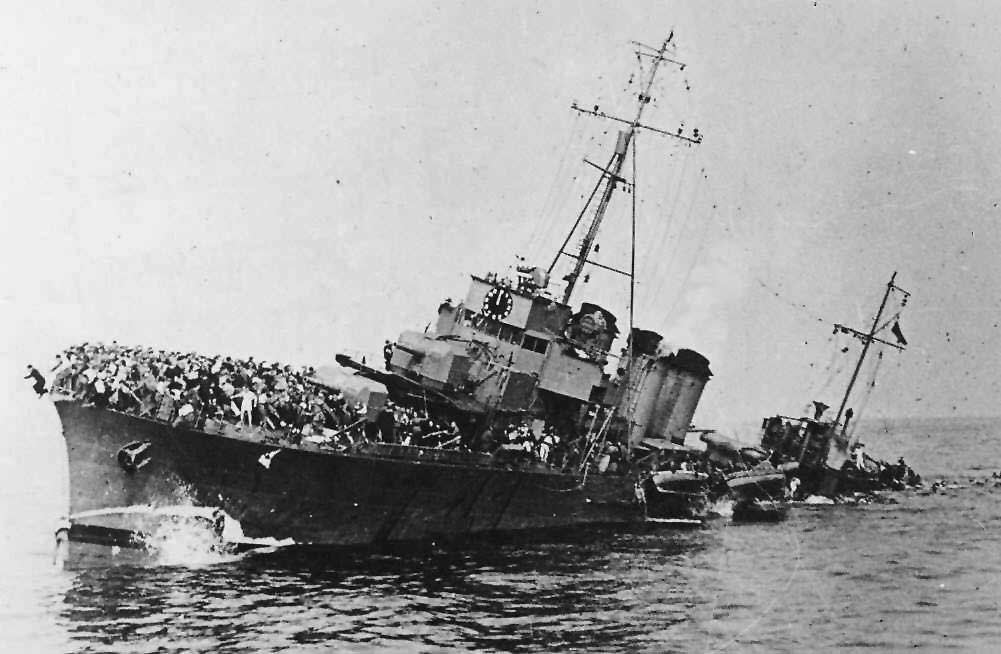
Those who had left were safe, but those who stayed behind feared that their life might end any second. It was hell. An alternate route had to be figured out. Moles were one option. Moles are long stone paths that serve as breakwaters and lead to a harbour. But only one route of evacuation would have also ended in ill-fate.
While many embarked on these boats through protective moles, others were not so lucky. Around 1,00,000 had to brave shoulder deep waters and wait to be picked up from the beach. Imagine being out in the open. Waiting to see whether they would be picked up or gunned down.
It wasn’t just about the men leaving the godforsaken place. It was also about the ships coming in to save them. They were subject to bombardment as well.
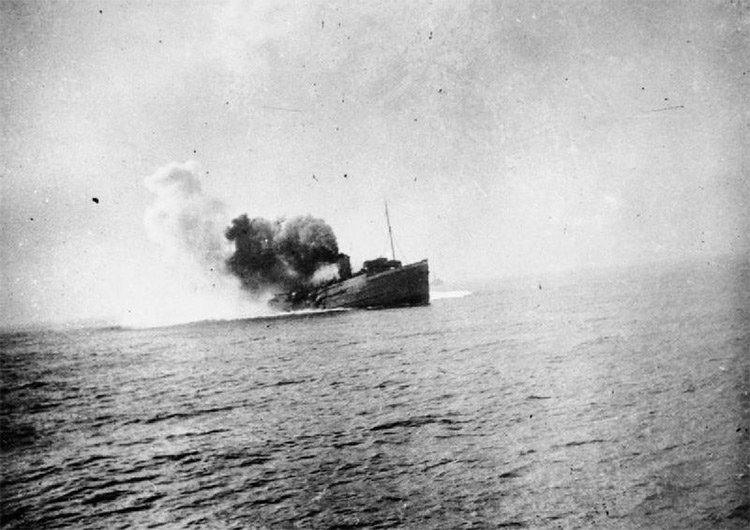
From the number on the first day, over the course of the next 8 days, more and more people were rescued. Some operations had to be carried out at night for fear of being bombed during the day by the Luftwaffe or facing resistance through on-shore beach parties.
Soon the Royal Air Force joined in to take on the German Air Force. The sky above Dunkirk had turned into a battlefield unimaginable to all, barring those who were on the ground witnessing what went on overhead.
Some of them, the ‘lucky ones’ went back to visit the graves of their fallen friends, decades later.
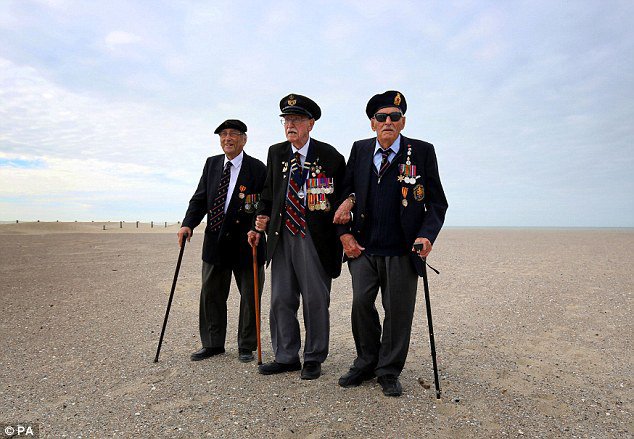
They can certainly recall the 4th of June. The last day of the operation. When around 26,000 more were evacuated to a friendly port.
But more than 40,000 were left behind and they couldn’t hold Dunkirk any more. They surrendered.
During the entire ordeal, more than 68,000 BEF men lost their lives. The damage was unthinkable. But also at the end of those horrific 8 days, a total of 3,38,226 men were rescued and brought to safety. 3,38,226 who stood so close to death, looked it in the eye and survived to tell the tale.
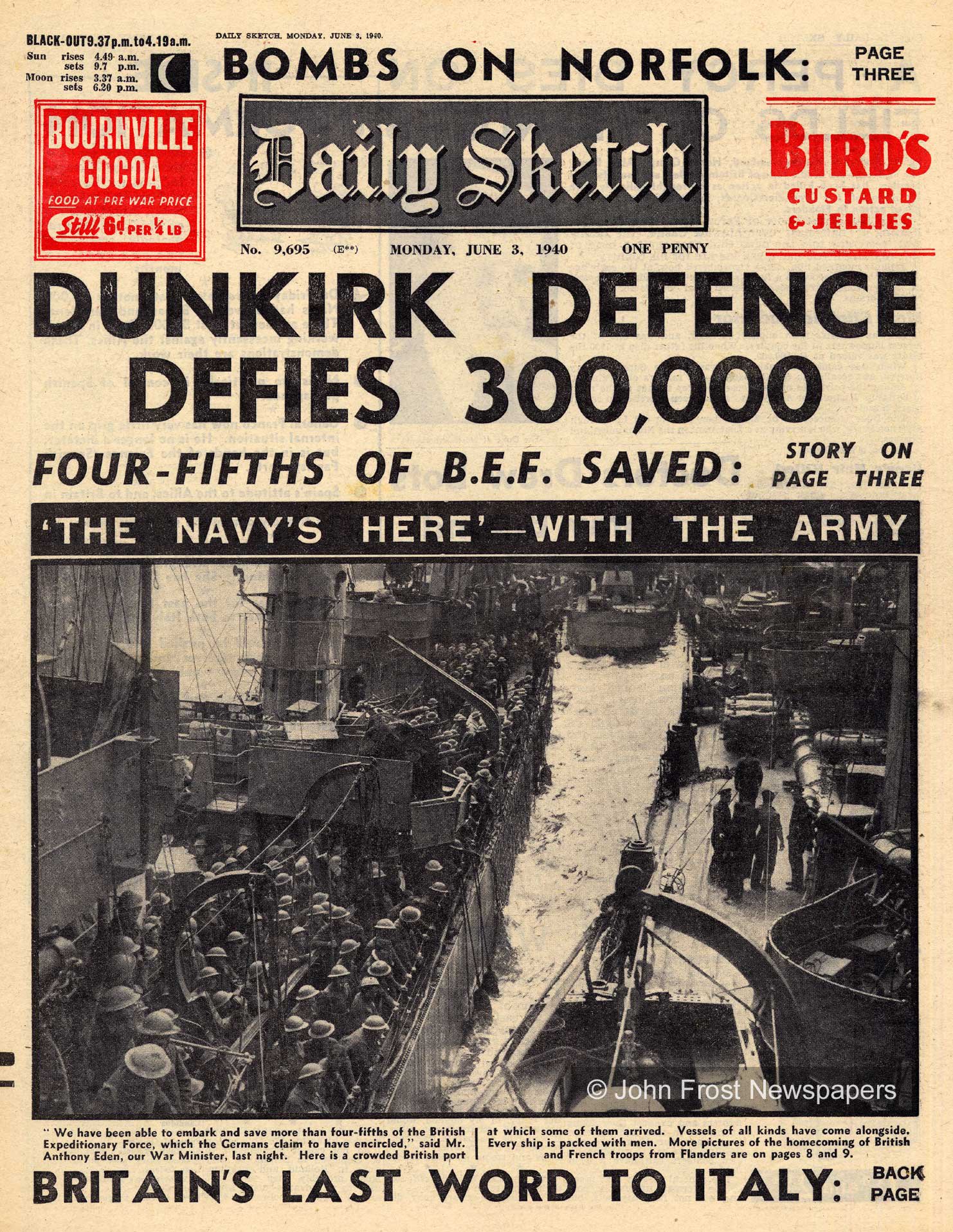
On 4th June, the last day of Dynamo, Winston Churchill made a speech called ‘We shall fight on the beaches’ and that is when he called it a miracle, but also reminded his nation of this:
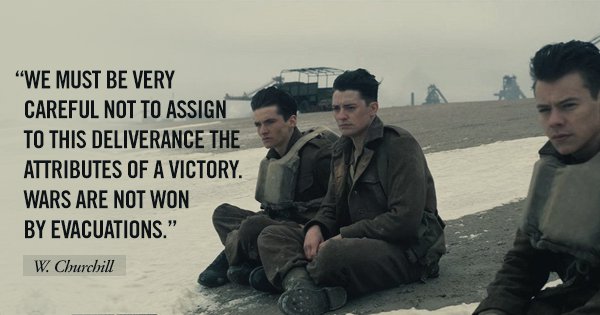
A little over 76 years ago, Dunkirk went through carnage. It was close to Armageddon. Now that peace has been restored , it looks like this:
